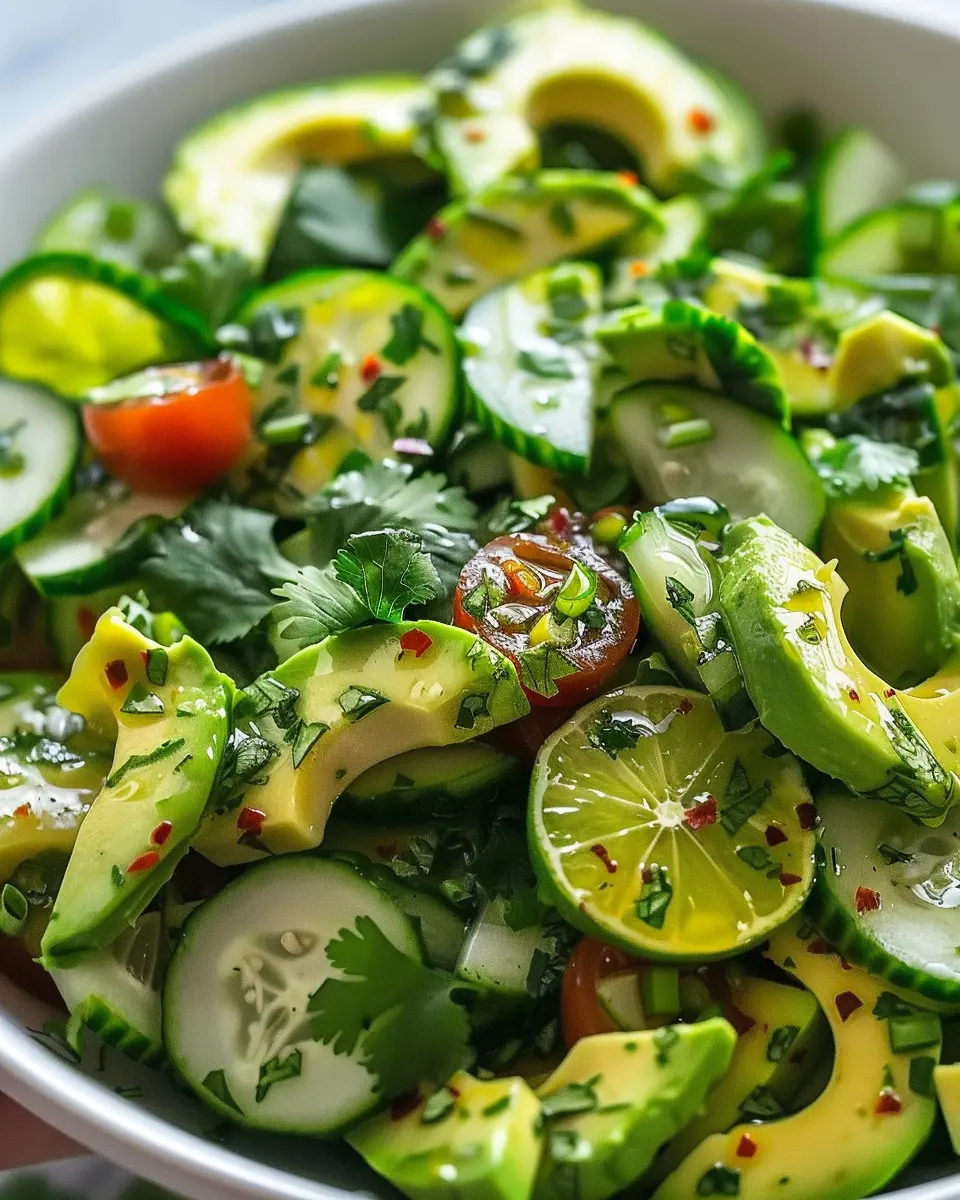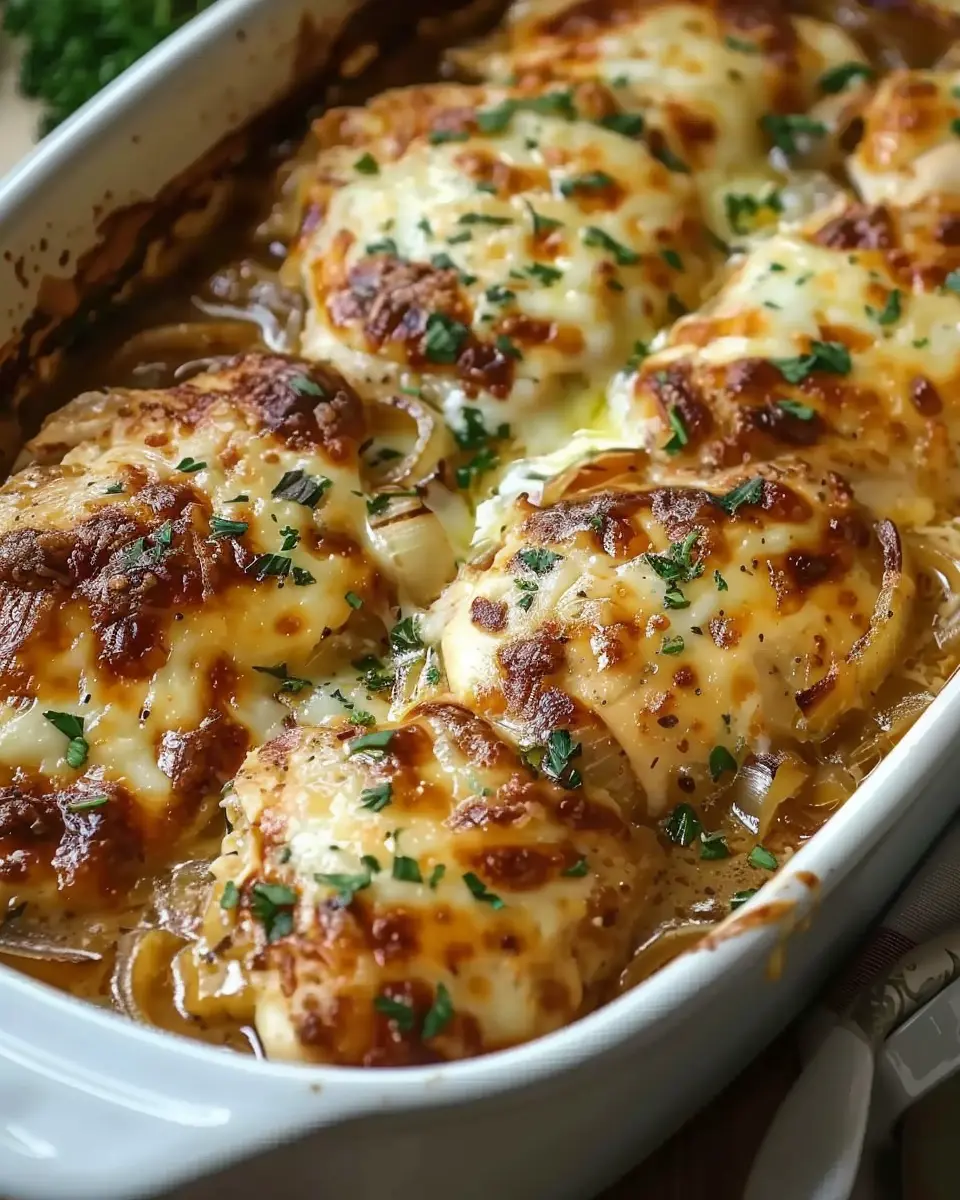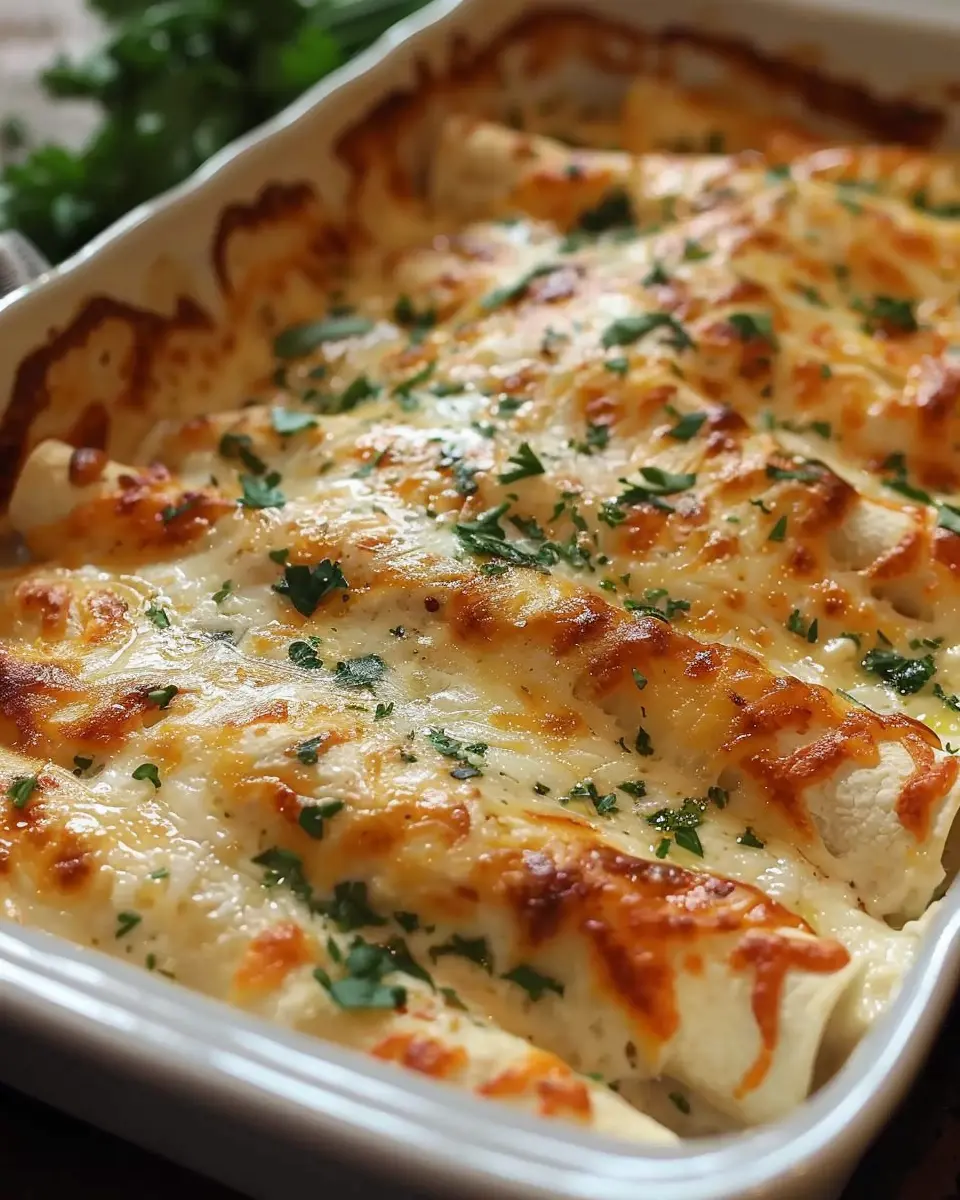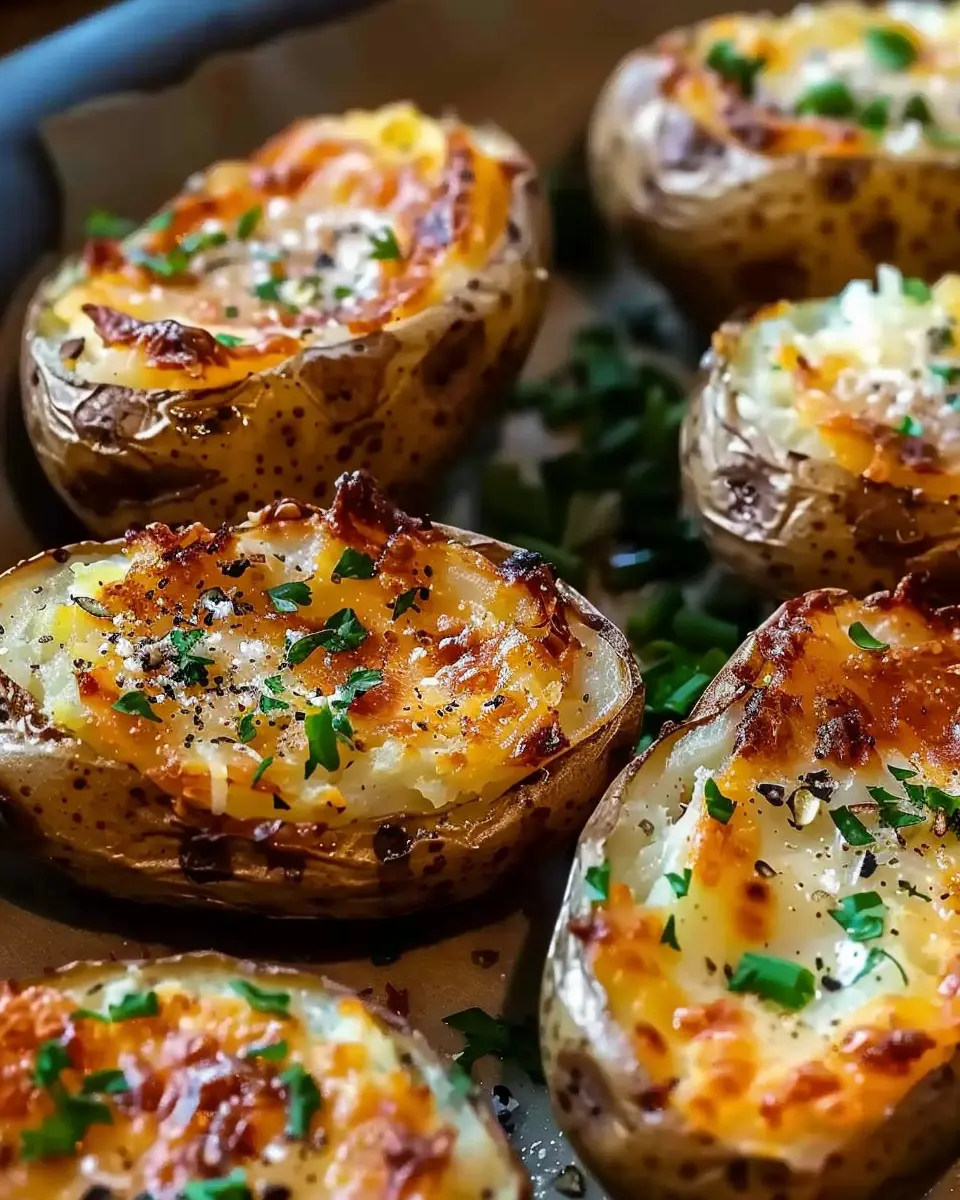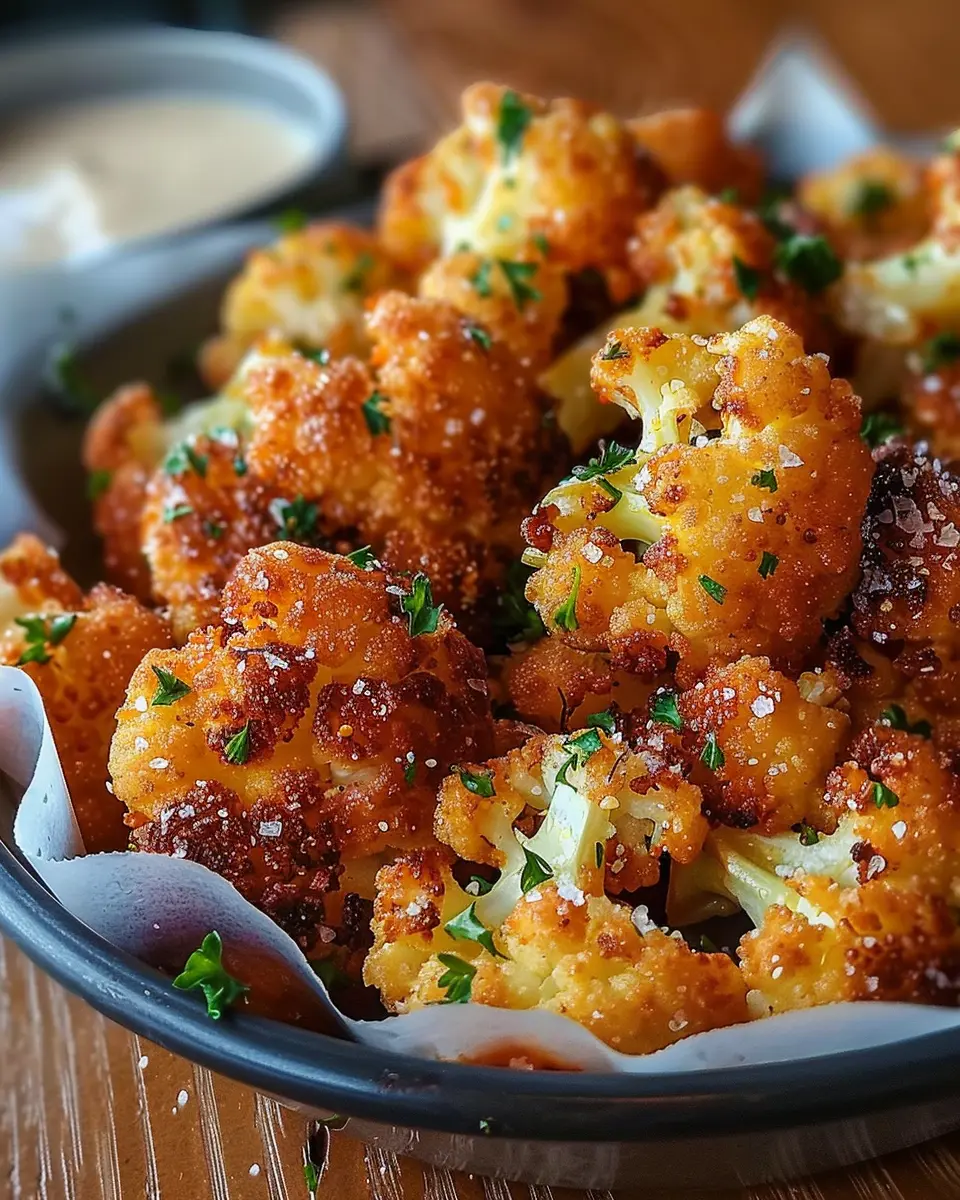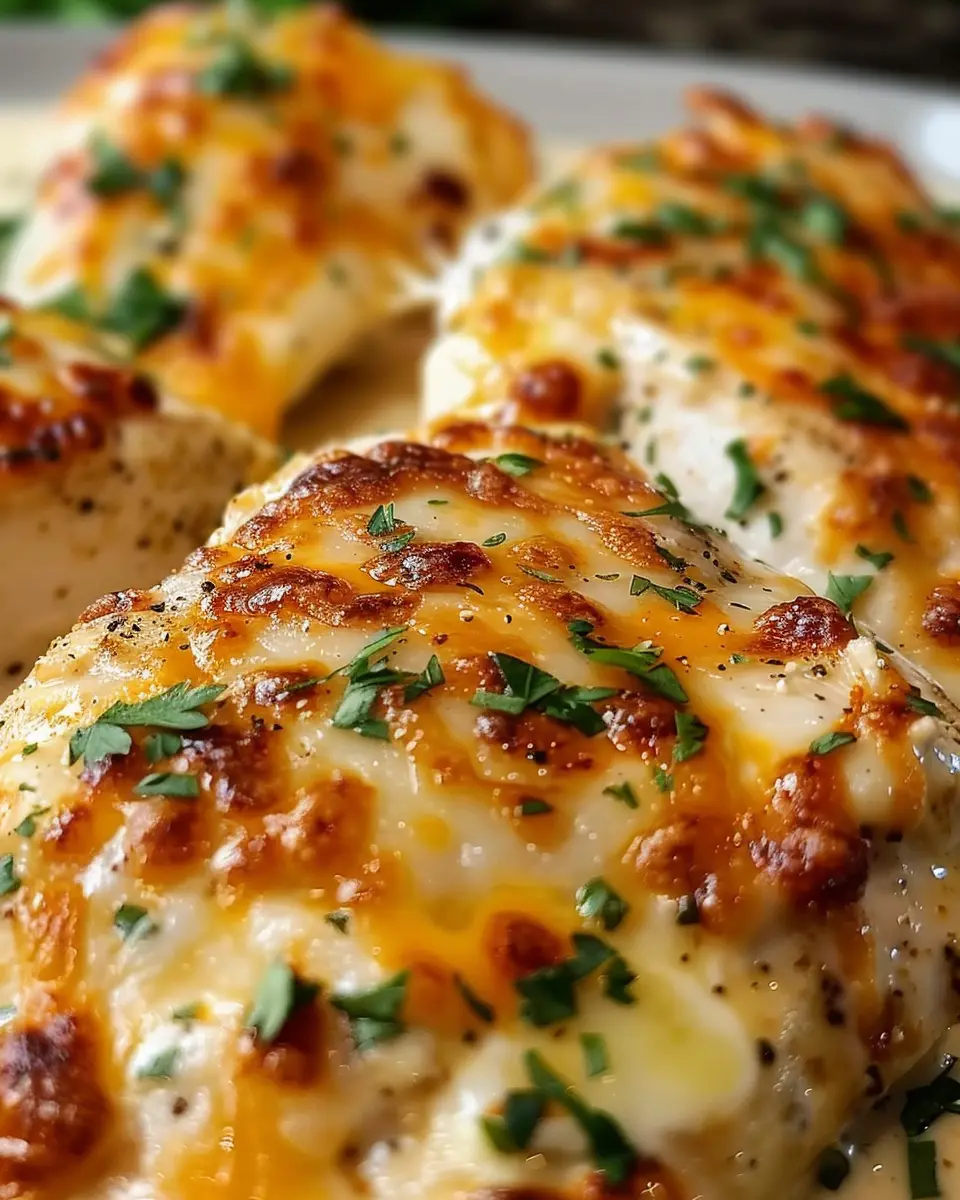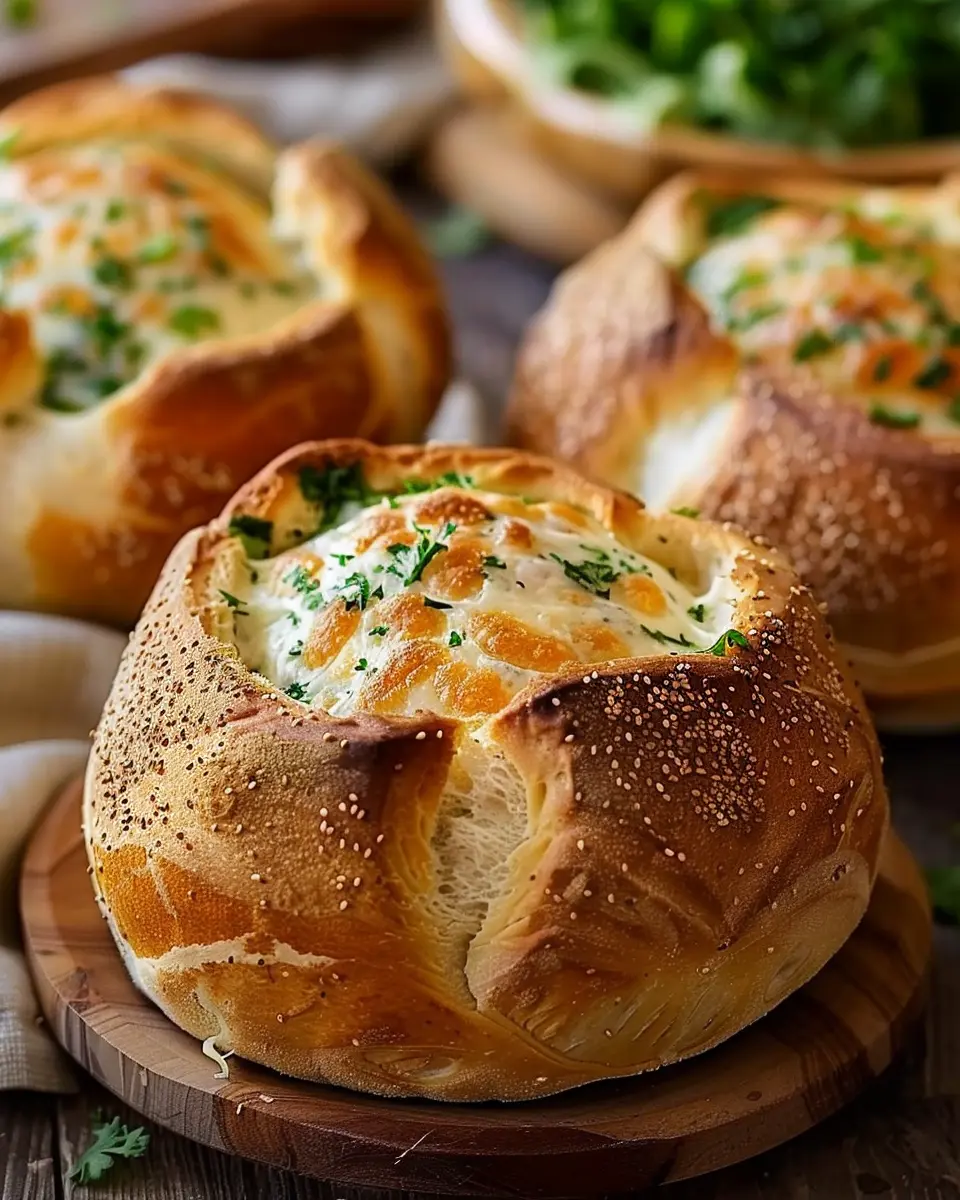Introduction to Fluffy Japanese Cotton Cheesecake Cupcakes
Japanese cheesecake cupcakes are a dreamy dessert that combines the light, jiggly texture of a souffle with the creamy richness of traditional cheesecake—all in a perfectly portioned cupcake. These bite-sized treats are incredibly fluffy, subtly sweet, and melt in your mouth, making them a favorite among dessert lovers worldwide.
Today, the cupcake version is taking center stage. These mini cheesecakes are not only easier to make and portion, but they also offer a modern, playful twist perfect for parties and afternoon treats. They’re popping up on blogs and menus globally, with more people turning to recipes like Just One Cookbook’s version for at-home baking.
They’ve gained popularity for being easy to serve and even easier to enjoy—especially compared to heavier versions like traditional cheesecakes or rich chocolate-based cupcakes. These mini cheesecakes are perfect for pairing with other no-bake treats like this Classic Cherry Delight or a festive No-Bake Peppermint Cheesecake.
What Makes These Cupcakes Unique?
Unlike traditional cheesecakes that are rich, dense, and creamy, Japanese cotton cheesecake cupcakes are ultra-light and airy. This is achieved through a careful folding of whipped egg whites into the batter—a classic soufflé technique that introduces air and lifts the cake without needing leavening agents.
Here’s what makes them stand out:
- Airiness from stiff egg whites creates a soufflé-like lift.
- A soft, bouncy texture that’s somewhere between a chiffon cake and sponge cake.
- Gentle sweetness that enhances the mild cream cheese flavor without overpowering it.
These cupcakes bridge the gap between a classic sponge and a rich dessert. Compared to chiffon cakes, they’re more moist and creamy; compared to sponge cakes, they’re less dry and more delicate. This balance is why bakers and food lovers alike are hooked. Interested in the science behind it? Serious Eats breaks it down with some great insights into structure and texture.
If you enjoy creamy, smooth desserts with a light finish, you’ll also appreciate recipes like this Red Velvet Strawberry Cheesecake—another fusion of softness and indulgence.
Ingredients Overview & Their Roles
The charm of Japanese cotton cheesecake cupcakes lies in the careful balance of simple ingredients, each playing a specific role in creating the signature fluffy, jiggly texture. Understanding these ingredients helps ensure consistent results every time you bake.
Here’s how each one contributes:
- Cream cheese: This is the flavor foundation, offering a rich, tangy base that defines the cheesecake character.
- Butter: Adds smoothness and helps create a stable structure when combined with flour and eggs.
- Milk: Provides moisture, keeping the cake soft and tender. Whole milk is preferred for a richer result.
A key part of the recipe is the meringue—whipped egg whites and sugar form a delicate foam that gives the cake its lift. According to King Arthur Baking, sugar not only sweetens the batter but also stabilizes the meringue.
- Egg yolks & whites: Yolks add richness, while whites give the batter its airy lift when whipped and folded.
- Flour & cornstarch: Create a tender crumb. Cornstarch softens the structure, preventing a dry or crumbly texture.
- Cream of tartar: This acidic ingredient stabilizes the egg whites, ensuring the meringue holds its shape when folded into the batter.
- Powdered sugar (optional): A light dusting adds sweetness and a polished finish.
Want to dive deeper into ingredient science? Check out The Kitchn’s baking guide for tips on how each component affects texture.
Looking for an alternative base? Try incorporating inspiration from this Cheesecake Fruit Salad that uses cream cheese in a refreshing, no-bake style.
Required Tools and Why Each Is Important
To achieve the signature fluffy and moist texture of Japanese cotton cheesecake cupcakes, the right tools matter just as much as the ingredients. Each plays a role in making the process smooth and the results consistent.
- Muffin tin & cupcake liners: These ensure even baking and easy removal without sticking. Liners also help maintain shape during delicate cooling.
- Double boiler: Gently heats the cream cheese, butter, and milk without scorching. A controlled temperature is crucial for a smooth, lump-free base—The Spruce Eats explains how to set one up properly.
- Whisk, sieve, spatula: A whisk breaks down the cheese mixture, a sieve removes flour clumps, and a spatula is key for folding the meringue without deflating it.
One of the most critical tools is the electric mixer. According to Food52’s guide to meringue, precise whipping is vital for structure.
- Electric mixer: Whips the egg whites to stiff peaks for that soufflé-like lift.
- Water bath pan: Creates a steamy baking environment that prevents cracking and keeps the cupcakes ultra moist.
Equipped with the right tools, your cupcakes are already halfway to perfection.
Step-by-Step Instructions with Pro Tips
Making Japanese cotton cheesecake cupcakes may seem delicate, but with the right method and a little patience, you’ll get those perfect fluffy, jiggly results every time. Follow these steps closely and don’t miss the pro tips that help prevent the most common baking mistakes.
Preheat the Oven
- Set your oven to 320°F (160°C).
- Prepare a muffin tin with cupcake liners.
- Place a larger pan at the bottom of the oven for the water bath setup later.
Pro tip: Always preheat. Consistent temperature from the start ensures even rise and smooth tops.
Melt Cream Cheese, Butter & Milk
- In a double boiler, combine cream cheese, butter, and milk.
- Stir until the mixture is completely smooth and lump-free.
Pro tip: Do not overheat. The mixture should be warm enough to melt but not hot. The Kitchn explains double boiler basics if you need help setting one up.
Mix Egg Yolks + Sifted Flour & Cornstarch
- Remove the melted mixture from heat and let it cool slightly.
- Whisk in egg yolks, then sift in the flour and cornstarch.
- Gently mix until just combined.
Pro tip: Don’t overmix. Overworking the batter will lead to a denser cupcake rather than the signature lightness.
Beat Egg Whites with Cream of Tartar + Sugar
- In a clean bowl, beat egg whites with a pinch of cream of tartar.
- Slowly add sugar while whipping until soft peaks form.
Pro tip: Aim for soft, glossy peaks, not stiff ones. This helps create a gentle rise without cracking. See Serious Eats’ meringue guide for visual reference.
Fold Meringue Gently into Batter
- Add one-third of the whipped egg whites to the yolk batter to loosen it.
- Fold gently with a spatula.
- Add remaining meringue in two more batches, folding carefully each time.
Pro tip: Fold in three stages. Use a lifting and turning motion to keep the batter airy.
Fill Liners & Water Bath Setup
- Fill cupcake liners ¾ full.
- Place the muffin tin into a larger baking pan.
- Add hot water (not boiling) to the outer pan, about halfway up the sides of the muffin tin.
Pro tip: Using hot water creates gentle steam. Avoid boiling water, which may cook the batter too fast and cause cracks.
Bake, Cool Gradually & Serve
- Bake for 25–30 minutes until the tops are slightly golden and the centers are set.
- Turn off the oven and leave the door ajar for 10–15 minutes before removing the tray.
- Let the cupcakes cool completely before removing from the tin.
Pro tip: A gradual cool-down prevents shrinkage and collapse. Keep the oven door slightly open to reduce sudden temperature change.
Once cool, your fluffy, jiggly cupcakes are ready to enjoy! You can dust with powdered sugar or top with fresh berries for a light finish. Want to see the full technique in action? Check out this visual walkthrough by Just One Cookbook.
For more visually stunning yet easy desserts, check out these Double Chocolate Cupcakes—a perfect companion if you’re hosting a dessert table.
Common Mistakes and How to Avoid Them
Even experienced bakers can struggle with Japanese cotton cheesecake cupcakes due to their delicate structure. Here are the most common pitfalls—and how to sidestep them for perfect results every time:
- Deflated cupcakes: This happens when the meringue is overmixed into the batter, breaking the air bubbles. Gently fold using a spatula in three stages to keep the batter airy.
- Cracks on top: Often caused by skipping the water bath. The steam helps regulate temperature. As Bake from Scratch explains, a water bath maintains gentle, even baking.
- Shrinking after baking: Rapid temperature changes can cause collapse. Avoid by cooling gradually with the oven door ajar.
These little adjustments make a huge difference in texture and appearance. Be patient and precise, and your cupcakes will turn out beautifully every time.
For more tips on achieving a smooth finish, especially for cream cheese-based dishes, visit recipes like the No-Bake Twix Cheesecake where setting and structure are equally important.
Storage Tips & Make-Ahead Advice
- Refrigerate leftovers in an airtight container for up to 3 days.
- Let cupcakes come to room temperature before serving for the best flavor and texture.
- For longer storage, freeze individually wrapped cupcakes in plastic wrap and foil. Thaw overnight in the fridge.
Southern Living shares helpful freezing tips that work perfectly for this style of cheesecake.
Nutrition Information
Each Japanese cotton cheesecake cupcake contains approximately 140 calories, making it a lighter alternative to traditional American cheesecake.
- Lower in fat and sugar due to less cream cheese and no crust
- Naturally portion-controlled for mindful eating
- Can be adapted for different diets:
- Use almond flour for gluten-free
- Swap sugar for erythritol for a keto-friendly version
These cupcakes strike the perfect balance between indulgence and lightness, making them a smart choice for everyday treats.
Frequently Asked Questions (FAQ)
Have questions about making Japanese cotton cheesecake cupcakes? Here are the most common concerns home bakers run into—along with clear answers to help guide your process.
Why is my Japanese cheesecake not fluffy?
- This usually happens due to overmixing the batter or under-whipping the egg whites. The air bubbles from the meringue are essential for the fluffy texture.
- Make sure to whip your egg whites to soft peaks and fold gently. King Arthur Baking offers great tips on getting the meringue just right.
Does Japanese fluffy cheesecake need to be refrigerated?
- Yes, it should be stored in the refrigerator in an airtight container. However, for the best taste and texture, serve it at room temperature.
- Like other soft desserts, refrigeration keeps it fresh but can slightly firm the texture. Let it sit out for 15–20 minutes before serving.
What is the name of the Japanese fluffy cheesecake?
- It’s often referred to as cotton cheesecake or soufflé cheesecake due to its airy, cloud-like texture. Both terms are used interchangeably.
What flour is best for Japanese cheesecake?
- Cake flour is preferred for its low protein content, which creates a softer crumb.
- If using all-purpose flour, combine with cornstarch (2 tablespoons per cup) to get a similar effect. The Kitchn explains the difference here.
Can I make this in a regular muffin tin?
- Yes! Use standard muffin tins with cupcake liners, and make sure to bake in a water bath for moisture and even baking.
- This method makes it easy to portion and serve for any occasion.

Fluffy Japanese Cotton Cheesecake Cupcakes Recipe
- Prep Time: 20 minutes
- Cook Time: 25 minutes
- Total Time: 45 minutes
- Yield: 10–12 cupcakes
- Category: Dessert
- Method: Baking + Water Bath
- Cuisine: Japanese
- Diet: Vegetarian
Description
Light, airy, and jiggly Japanese-style cheesecake in cupcake form—perfectly soft, mildly sweet, and cloud-like in texture.
Ingredients
– 1/2 cup cream cheese (softened)
– 1/4 cup unsalted butter (softened)
– 1/2 cup milk
– 1/2 cup granulated sugar (divided)
– 3 large eggs (separated)
– 1/2 cup all-purpose flour
– 1 tbsp cornstarch
– 1/4 tsp cream of tartar
– Powdered sugar for dusting (optional)
Instructions
1. Preheat oven to 325°F (163°C). Line muffin tin with cupcake liners.
2. Over a double boiler, melt cream cheese, butter, and milk. Stir until smooth. Let cool slightly.
3. Whisk in egg yolks. Sift flour and cornstarch into the bowl and mix until smooth.
4. Beat egg whites with cream of tartar. Gradually add sugar until soft peaks form.
5. Gently fold the meringue into the yolk mixture in three parts.
6. Fill liners 3/4 full and place muffin tin in a water bath.
7. Bake 20–25 minutes until golden.
8. Cool slowly with oven door ajar for 5–10 minutes. Dust with powdered sugar.
Notes
– Don’t overmix the batter after folding in the meringue.
– Use hot (not boiling) water for the water bath.
– Great served slightly chilled or at room temperature.
Nutrition
- Calories: 140 kcal
- Sugar: 6 g
- Sodium: 60 mg
- Fat: 9 g
- Saturated Fat: 5 g
- Carbohydrates: 11 g
- Fiber: 0 g
- Protein: 3 g
- Cholesterol: 65 mg






